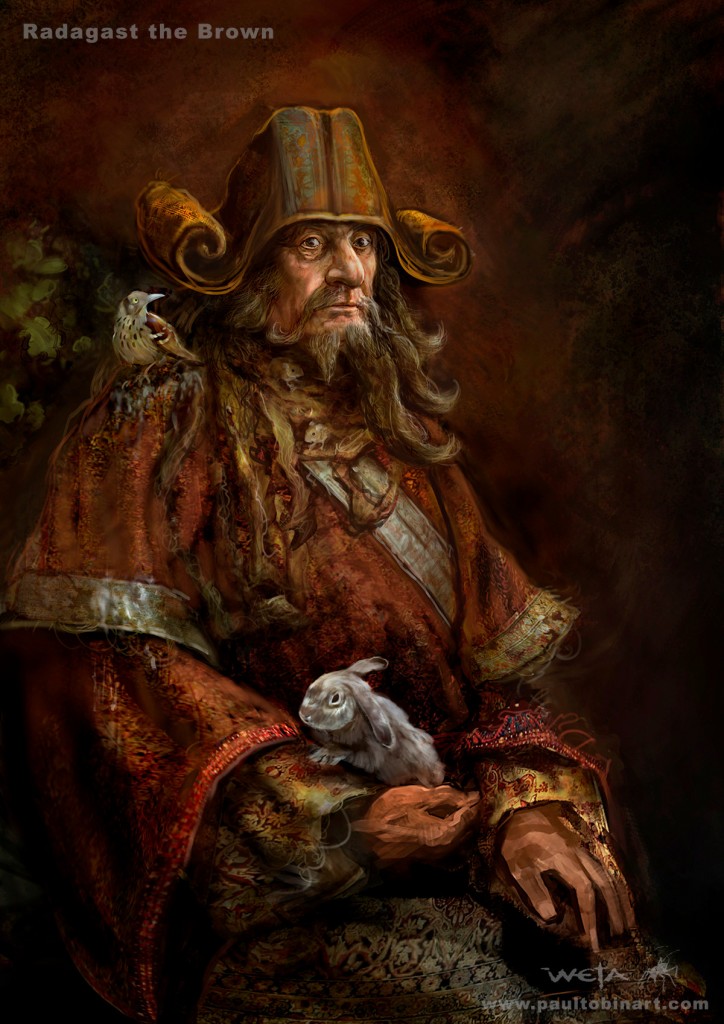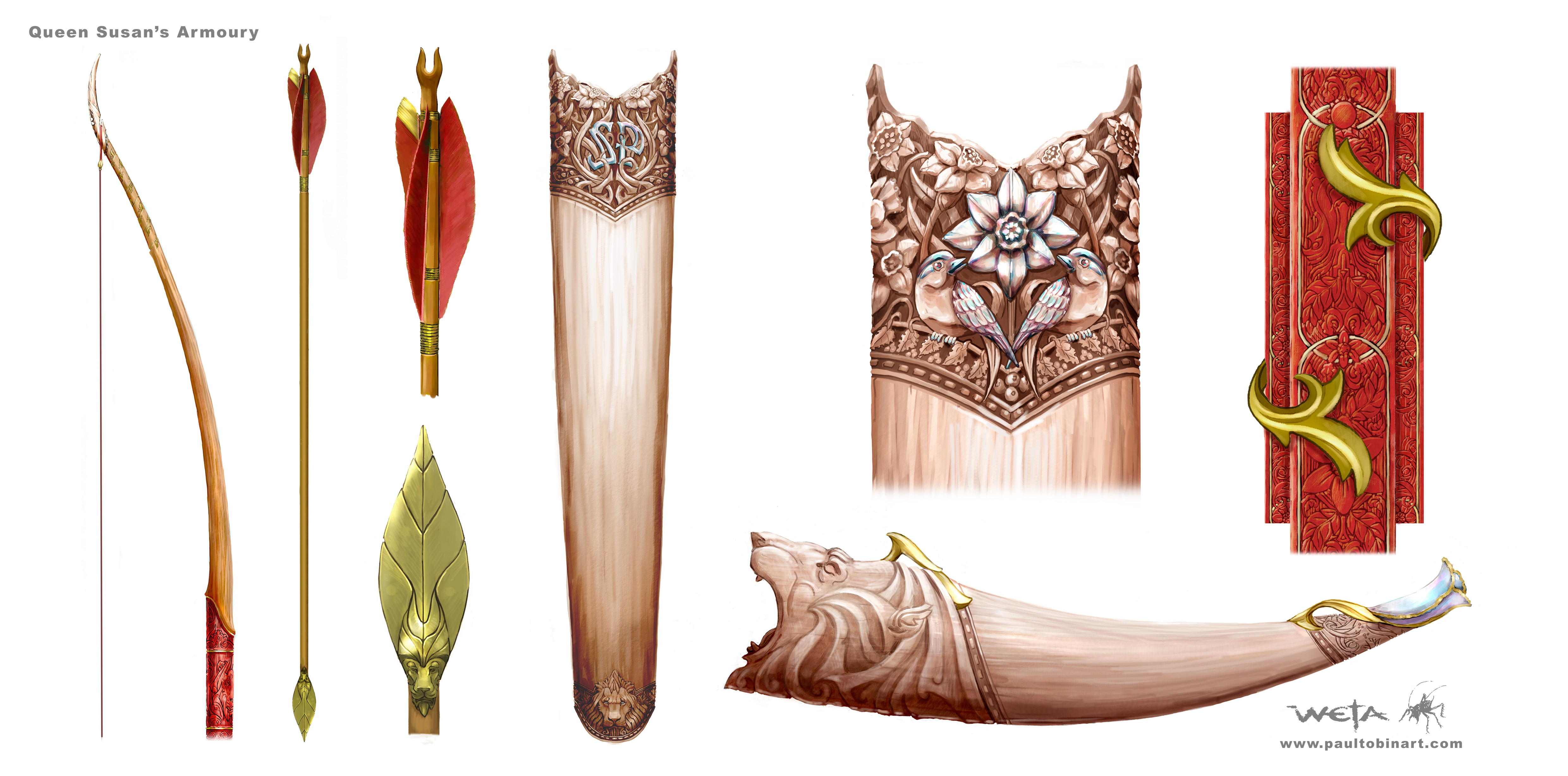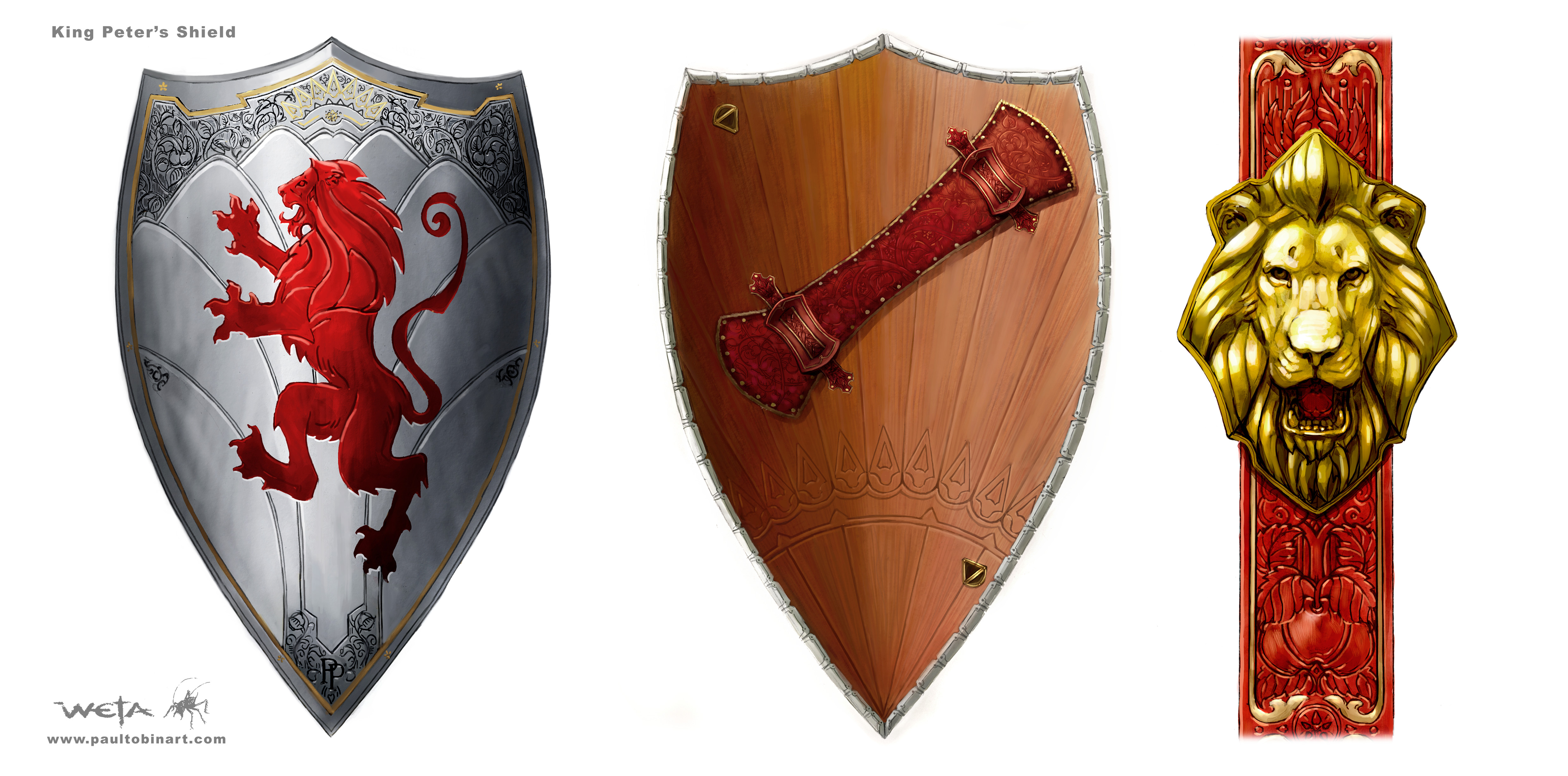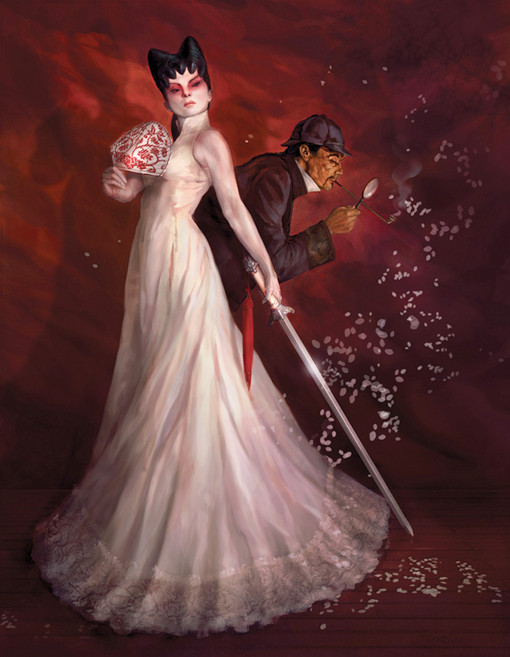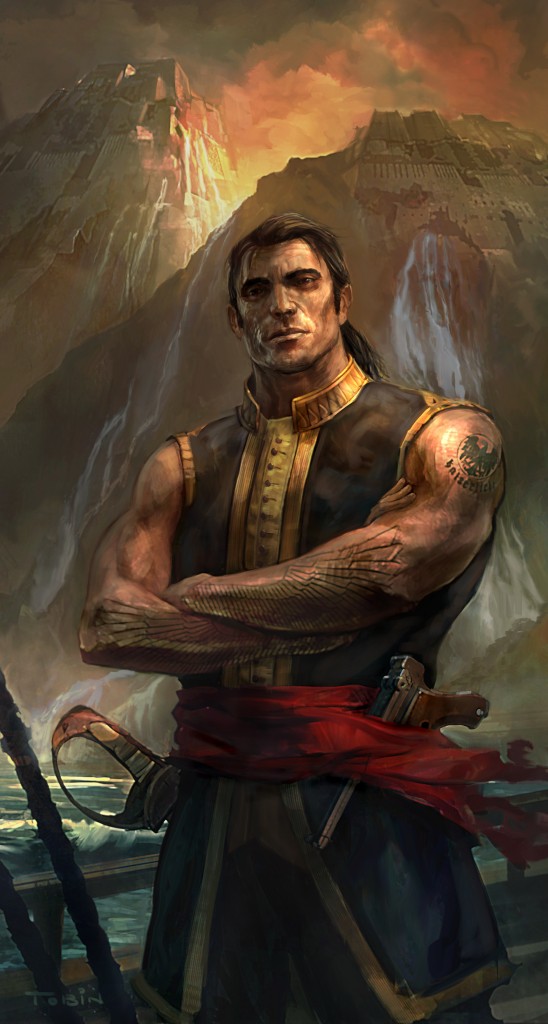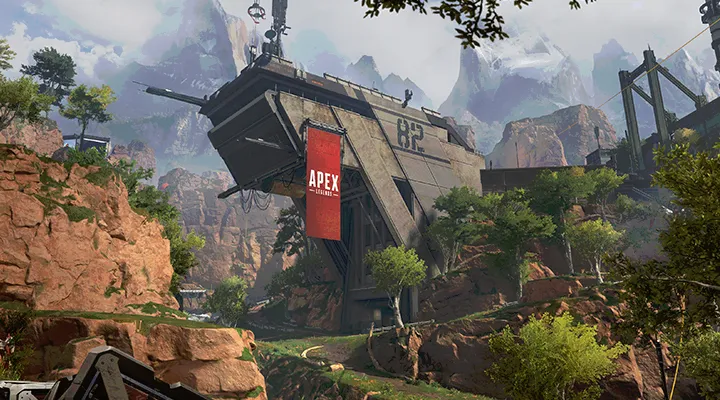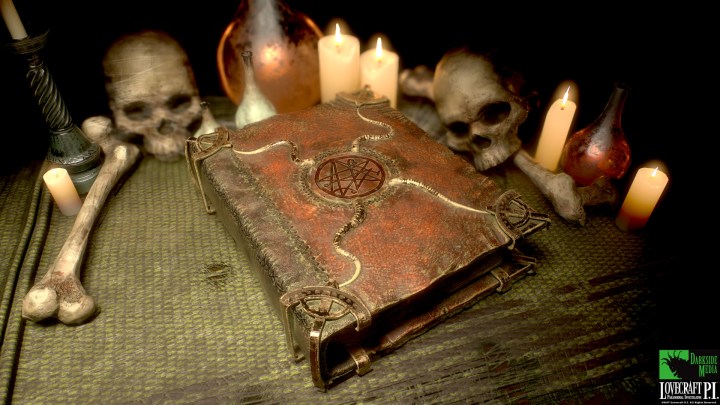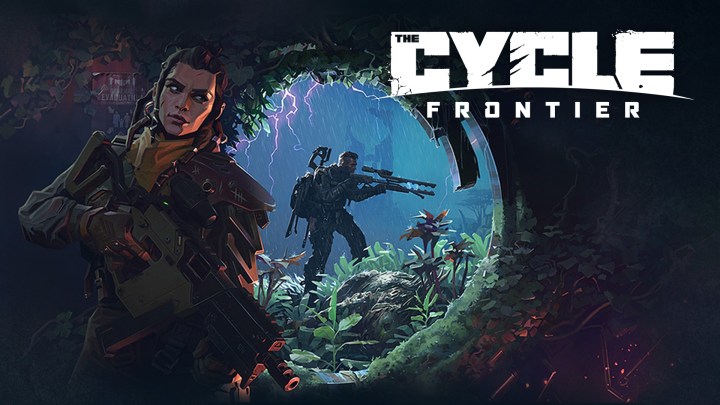Concept designer Paul Tobin
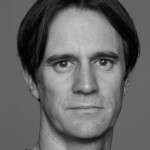 Paul Tobin is senior concept designer at Weta Workshop in New Zealand, working on films including The Hobbit trilogy, Avatar, and Narnia movies The Lion, the Witch and the Wardrobe and Prince Caspian. He also conceived, art directed and designed Weta Workshop’s art book The Crafting of Narnia and co-designed The World of Kong: A Natural History of Skull Island. In 2009, Paul created White Cloud Worlds, which comprises two anthology books of science fiction and fantasy art from New Zealand, a touring exhibition and workshops. Paul will also be co-hosting a three-day concept art course at Seattle’s TLC Workshops this May.
Paul Tobin is senior concept designer at Weta Workshop in New Zealand, working on films including The Hobbit trilogy, Avatar, and Narnia movies The Lion, the Witch and the Wardrobe and Prince Caspian. He also conceived, art directed and designed Weta Workshop’s art book The Crafting of Narnia and co-designed The World of Kong: A Natural History of Skull Island. In 2009, Paul created White Cloud Worlds, which comprises two anthology books of science fiction and fantasy art from New Zealand, a touring exhibition and workshops. Paul will also be co-hosting a three-day concept art course at Seattle’s TLC Workshops this May.
Tell us about your journey
I have always had a love of fantasy and science fiction. When I was growing up I was watching Lucas, Spielberg or Jim Henson films, playing Dungeons and Dragons or devouring endless fantasy and science-fiction novels and comics. Somewhere along the line I started to illustrate my own stories and games and this lead to me trying to get into art school. I failed to gain entrance to two schools and ended up doing a degree in ancient history and then travelling a few years doing archaeology. Back in New Zealand, I had another crack at art school and got in this time around. By some fluke, they were making Lord of the Rings just down the road, so after graduating I got my big break at Weta Workshop (a case of good timing, an OK portfolio and working insane hours) and I have been there ever since.
How do you want to impact the world?
I have been spoilt working at Weta and have already worked on many of my dream projects. I love building worlds: not just the design but also characters and narrative, so when I look at some of the amazing games coming out these days I would love to explore that medium at work. In the mean time I have fun working on my own projects, which involve a reinvented Atlantis and producing a series of New Zealand fantasy and science fiction art anthologies called White Cloud Worlds.
What are you passionate about?
Art and exploration are my great passions in life. I don’t think I will ever tire of staring at a great painting in some gallery half a world away or discovering a new culture where I get to clamber over ancient ruins and trek through new landscapes. It’s these experiences that help recharge your creative batteries and inspire new ideas.
What would be your #1 advice to other artists?
I am a big believer in life experiences leading to great design. The more interested and experienced you are in different fields, the richer your design ideas will be. The best creature designers I have met are all zoological experts; the best robot designers I work with live and breathe hard science. For me, studying ancient history, archaeology and extensive travel fuels my fantasy designs. Look to the source rather than other designers for ideas.
Related Links
Paul Tobin’s website
White Cloud Worlds: science fiction and fantasy art from New Zealand
Register for Paul Tobin’s TLC Workshops course in Seattle this May

